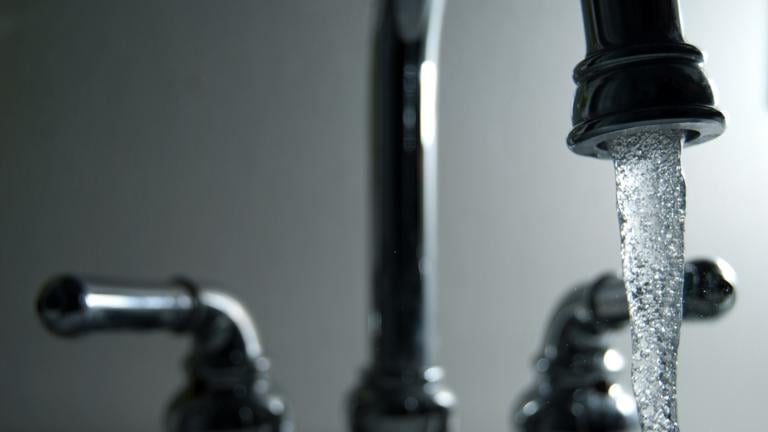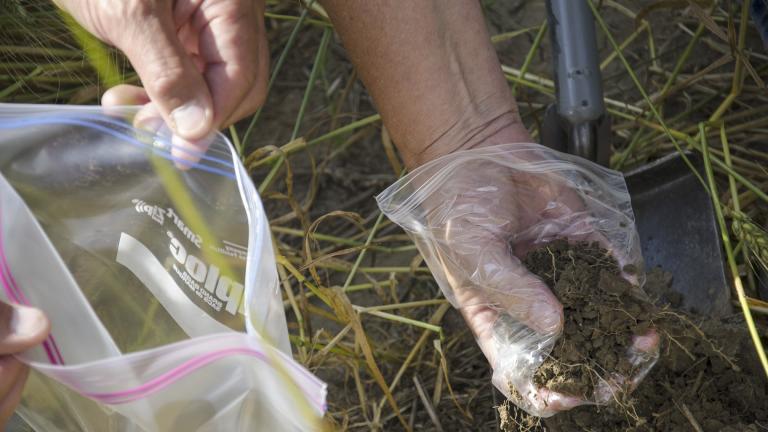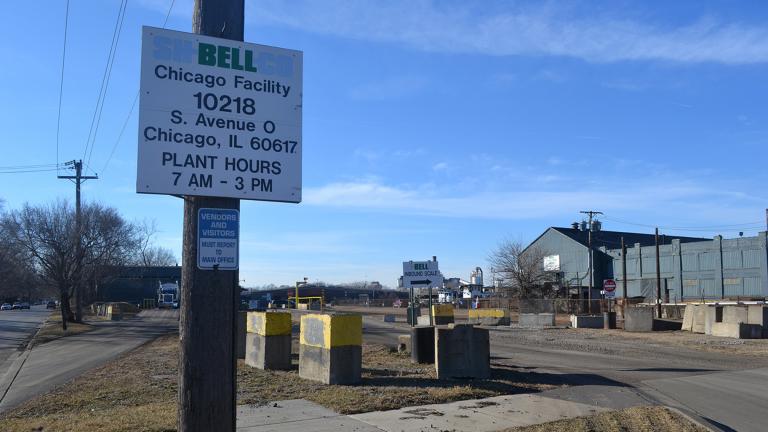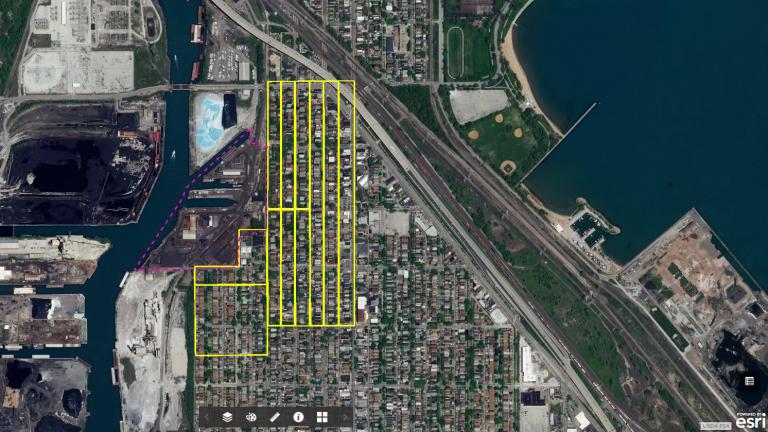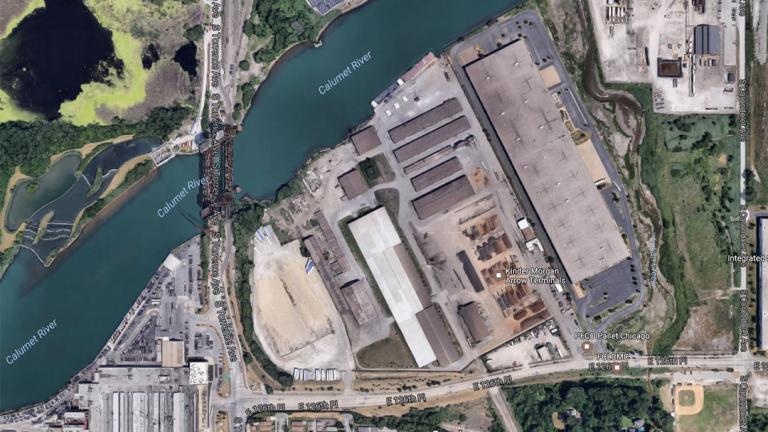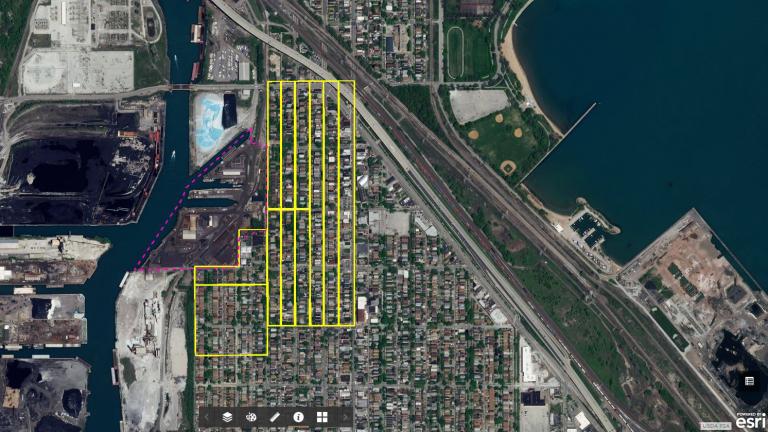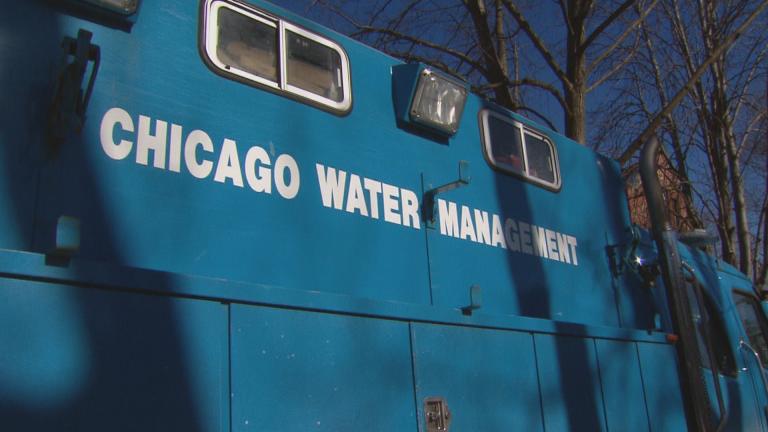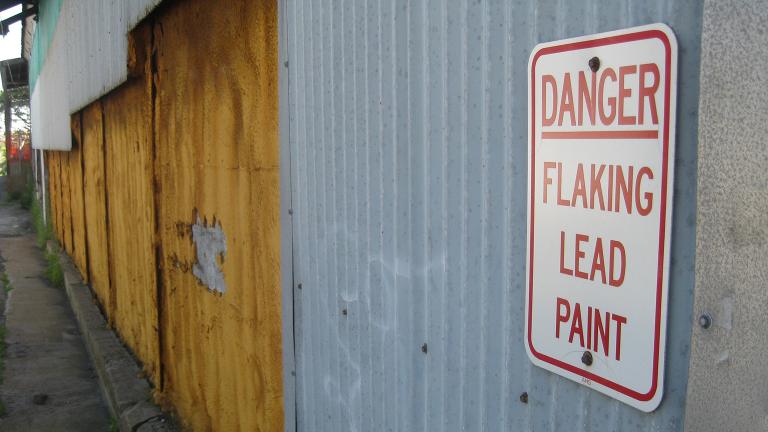City officials are putting the final touches on a plan to replace the lead service lines responsible for contaminating the tap water in thousands of Chicago homes, according to Department of Water Management Commissioner Randy Conner.
Lead
The new Clean Water Workforce Pipeline program will train workers for water-related jobs, such as those required for treating wastewater and replacing lead pipes.
Elevated lead levels in Flint, Michigan, and Newark, New Jersey, have made national news, causing growing concern over water safety in Chicago. Should residents be concerned about lead levels in Chicago’s water?
As urban agriculture programs expand in Chicago and other cities, a new project aims to unearth data on one of the biggest potential obstacles to city-based farming efforts: soil contamination.
Mayor Lori Lightfoot wades into the murky waters of the lead pipe debate. Our politics team takes on that story and more in our weekly roundtable.
Chicago’s water meter installation program is on an indefinite hold after new data showed an increased level of lead in some metered homes.
The Environmental Protection Agency will soon begin removing up to 2 feet of contaminated soil from as many as 15 homes near a storage facility operated by S.H. Bell, which handles manganese and other industrial materials.
Regulators plan to clean up the soil of several residential yards with high levels of brain-damaging manganese, but they have yet to finalize a plan for addressing homes with elevated levels of lead in the soil.
As regulators continue to monitor manganese emissions at S.H. Bell Co., new air monitoring data shows alarming levels of the brain-damaging heavy metal near another industrial facility in the area.
The city acknowledges elevated levels of lead in some homes. How concerned should Chicagoans be about the safety of their tap water?
City officials were aware of data that showed elevated lead levels in the water of homes that had recently had water meters installed, according to a 2013 study by the city’s Water Department and the U.S. EPA.
The ongoing probe into harmful levels of brain-damaging manganese on Chicago’s Southeast Side has turned up another, more familiar neurotoxin: lead.
The mayor’s office seeks to downplay a just-released study that found high levels of lead in nearly 20 percent of city homes that were tested.
The mayor said he understands the seriousness of homelessness and the city’s lead pipes, but he doesn’t think homeowners should be treated “as an ATM machine.”
City Council members tackle a $2 billion problem they say they can no longer avoid. But how will it be paid for?
A Bensenville-based home renovation company has agreed to pay nearly $53,000 for alleged violations of federal laws designed to protect against exposure to lead-based paint.



